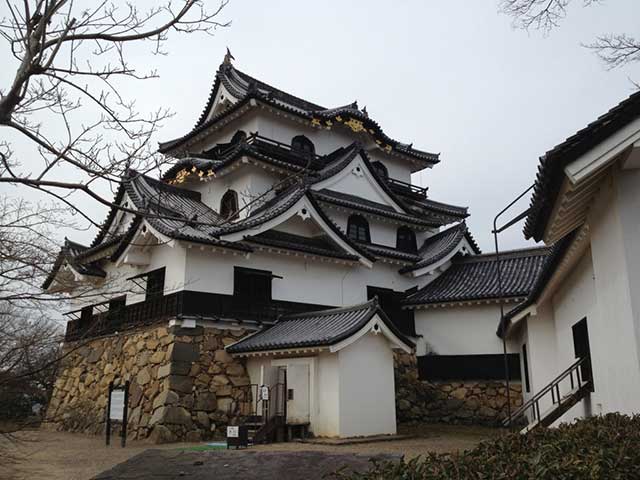
Hikone Castle, nestled in Hikone City, Shiga Prefecture, is categorized as a hirayama-jiro, a castle strategically built on a low hill with the surrounding flatlands integrated into its design. Remarkably, it stands as one of Japan's twelve castles with its original tower keep intact, proudly holding the distinction of being one of only five designated as National Treasures. The castle's inception dates back to 1603, commissioned by Ii Naomasa.
Originally, the Hikone region fell under the control of Ishida Mitsunari, who fortified his main castle on nearby Mt. Sawayama. However, following his defeat by Tokugawa Ieyasu at the Battle of Sekigahara in 1600, the Ishida domain faced turmoil, with Sawayama suffering partial destruction. Seizing the opportunity, Ieyasu bestowed the strategically vital lands upon his trusted ally, General Ii Naomasa. Disdainful of the associations with Ishida Mitsunari, Naomasa opted to build a larger, more formidable castle closer to Lake Biwa's eastern shores, a decision that birthed Hikone Castle.
Though Naomasa passed away before its completion in 1602, his sons, Naotsugu and later Naotaka, oversaw the twenty-year construction period. Given the ongoing military conflicts, many structures within Hikone Castle were repurposed from other castles, exemplifying resourcefulness amidst turmoil. For instance, the main keep of Hikone originated from Otsu Castle, dismantled after the Battle of Sekigahara. Hikone's keep, adorned with 18 sets of hafu (triangular roofing devices), stands as a testament to its architectural magnificence.
Renowned for its defensive prowess, Hikone Castle boasts ingenious features to thwart potential attackers. The sloping path leading to the central bailey, although appearing gentle, is deliberately designed with varying step dimensions to impede momentum and balance. The castle's Rokabashi Bridge, collapsible and strategically positioned, further deters intruders, enhancing the stronghold's impregnability.
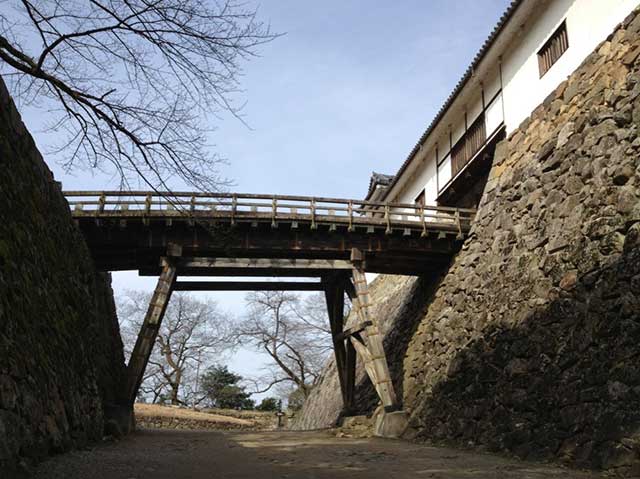
Moreover, Hikone Castle harbors hidden secrets within its walls, including a small triangular-shaped chamber within the hafu. This clandestine room, accessible through a discreet hatchway, is believed to have been designed for ritual suicide in dire circumstances, ensuring the lord's dignity in defeat.
Beyond its defensive fortifications, Hikone Castle's allure extends to its picturesque surroundings, including the tranquil Genkyu Rakuen gardens and the historic Keyaki Goten palace residence. A visit to the castle museum offers insights into the legacy of the Ii clan, showcasing original artifacts and weaponry used by the family.
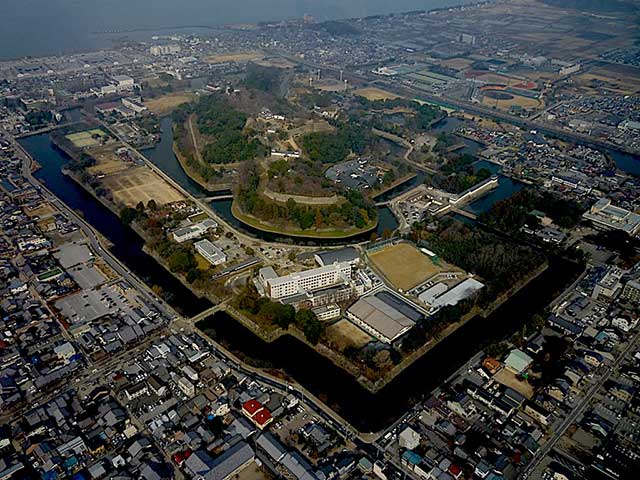
Shiga Prefecture's National Treasure, Hikone Castle, stands as a testament to Japan's feudal heritage and architectural prowess, inviting visitors to explore its rich history and timeless beauty.
Siehe auch
-
Marugame Castle
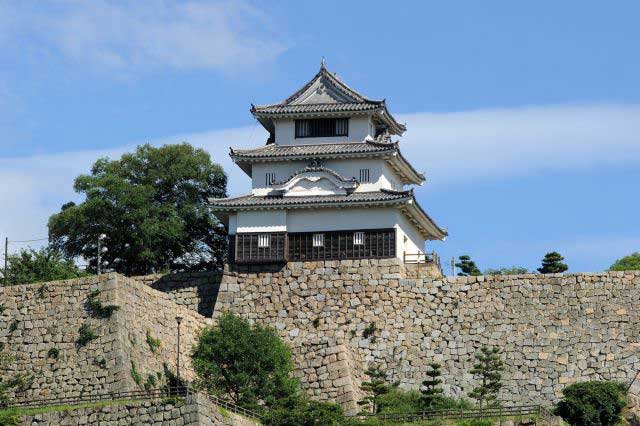
Marugame is part of the so-called “Authentic Dozen,” a group of twelve castles whose donjons have survived to the present day without major reconstructions since the Edo period.
-
Iyo Matsuyama Castle
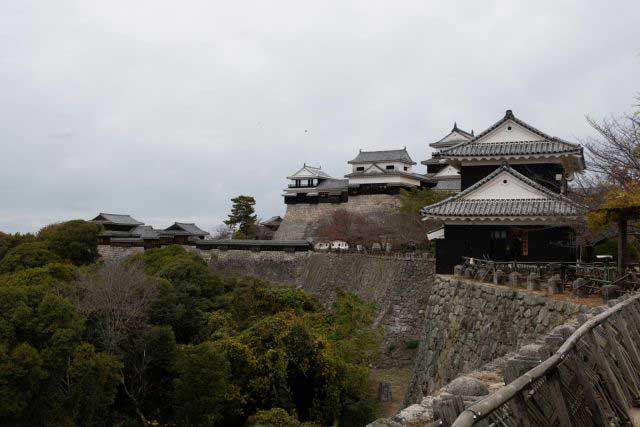
Historically, the center of Iyo Province—corresponding to today’s Ehime Prefecture on the island of Shikoku—was the city of Imabari, while the Matsuyama area was regarded as an agricultural hinterland with broad plains and low hills. During the Muromachi period, the central part of the province was governed by the Kano clan from Yuzuki Castle. With the onset of the Sengoku period, however, this clan lost its former influence and was forced to survive in the shadow of the more powerful Mori and Chōsokabe clans. After Toyotomi Hideyoshi’s forces conquered Shikoku in 1587, the northern part of Iyo Province was granted to Fukushima Masanori, one of the so-called “Seven Spears of Shizugatake.” In 1595, Masanori was transferred to Kiyosu Castle, and the lands around Matsuyama were given to another of the Seven Spears, Katō Yoshiaki, who received Masaki Castle and an income of 60,000 koku of rice.
-
Kanazawa Castle

Construction of Kanazawa Castle began in 1580 on the orders of Sakuma Morimasa, a vassal of Oda Nobunaga. The castle was built on the site of the Ikko-ikki sect's Oyama Gobo temple, which is why it is sometimes called Oyama Castle. Morimasa managed to build several moats and begin construction of a castle town. However, after his defeat at the Battle of Shizugatake in 1583, he was executed, and ownership of the castle passed to Maeda Toshiie (1538–1599).
-
Nakatsu Castle
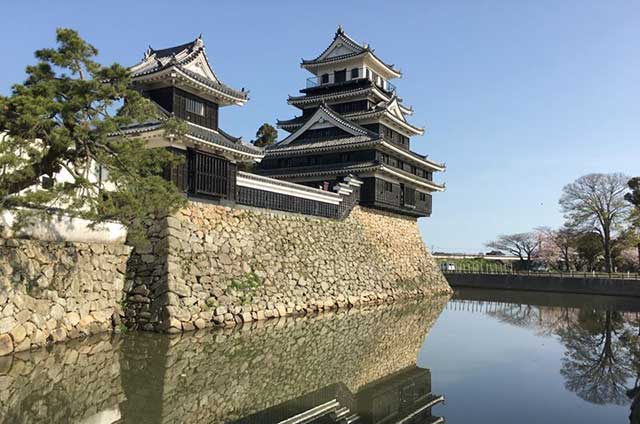
Kuroda Yoshitaka (1546–1604) was one of the closest advisors to the legendary military commander Toyotomi Hideyoshi. He took part in key military campaigns of the late 16th century, including the campaign against Shikoku in 1585 and the campaign against Kyushu in 1587. Later, during the second campaign in Korea, Yoshitaka served as chief advisor to the commander of the invasion forces, Kobayakawa Hideaki. After Hideyoshi's death, he swore allegiance to Tokugawa Ieyasu, thereby securing his influence and patronage under Japan's new leader.
-
Edo Castle
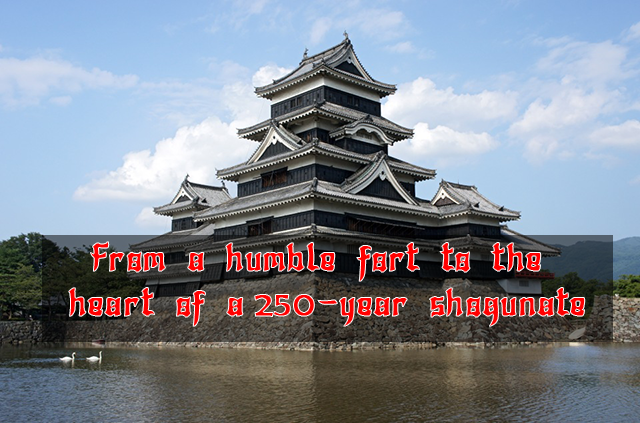
The history of Edo Castle dates back to the Heian period, when the Edo clan built a small fort on this site. In 1457, the vassal of the Uesugi clan, Ota Dokan (1432–1486), constructed a full-scale castle here. Internal conflicts weakened the Uesugi clan, and in 1524, Ota Dokan’s grandson, Ota Yasutaka, surrendered the castle without resistance to the forces of Hojo Soun, the ambitious leader of the Hojo clan. While Odawara Castle remained the clan's main stronghold, Edo was considered a key strategic fortress.
-
Samurai Museum Shinjuku
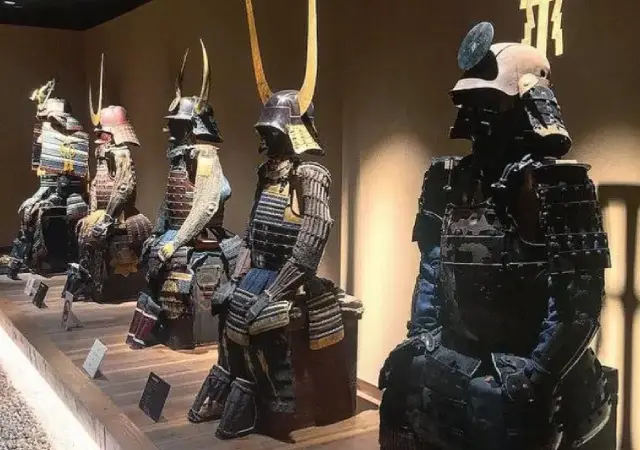
Situated in the vibrant district of Shinjuku, the museum showcases an extensive collection of samurai armor, weapons, and cultural artifacts spanning from the Kamakura to the Edo period. The exhibits aim to convey the samurai's unwavering commitment to honor and discipline, reflecting how their spirit continues to influence modern Japanese culture.
-
Anjo Castle
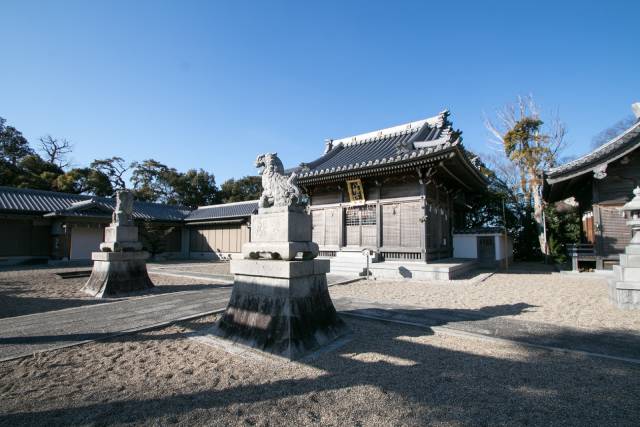
Anjo Castle was built on a slight elevation at the edge of the Hekikai Plateau, about 2 kilometers southeast of present-day central Anjo City in Aichi Prefecture. Today, the surrounding area thrives on large-scale agriculture and automotive manufacturing, utilizing the expansive flatlands and its proximity to the Nagoya region.
-
Numata Castle

Numata Castle, located in Numata, northern Gunma Prefecture, Japan, has a rich and complex history. During the late Edo period, it served as the residence of the Toki clan, who ruled the Numata Domain. Over the centuries, the castle changed hands multiple times and was the site of significant battles during the Sengoku period.

